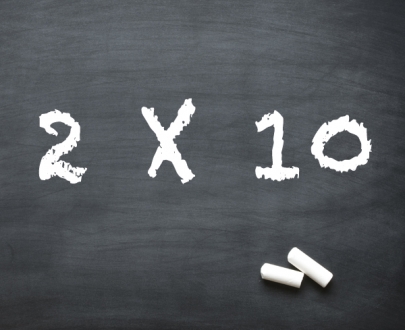 Are there kids in your class you find are challenging to teach?
Are there kids in your class you find are challenging to teach? Major Improvement
Connections Matter
Wlodkowski catalogued data such as student time in and out of seat as well as the types, instances, and severity of student disruptions.
"Data was collected in two stages, first two weeks on the number of redirects for all students, with permission, as a baseline for the class’s normal behavior.
Second, the strategy of Two-by-Ten was used for the next two weeks while continuing to collect the number of redirects. The analysis of the results indicated that there was a significant difference with the Two-by Ten strategy and decreasing unwanted behaviors."
SEE: Districts use creative methods to counsel students
Martha Allen, an adjunct professor at Dominican University's Teacher Credential Program in San Rafael, California, asked her student teachers to use the Two-by-Ten Strategy with their toughest student.
SEE: Twenty Minutes to Change a Life?